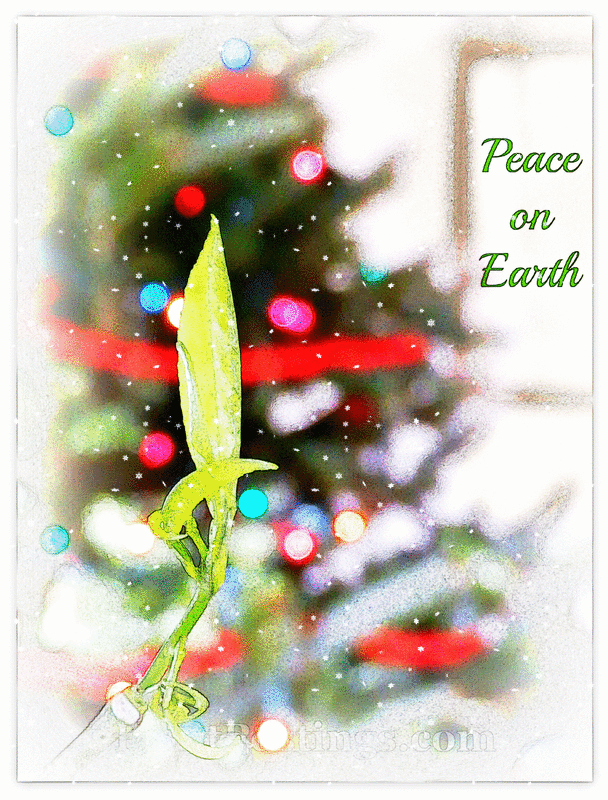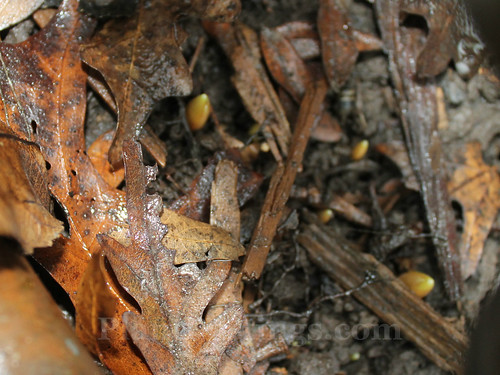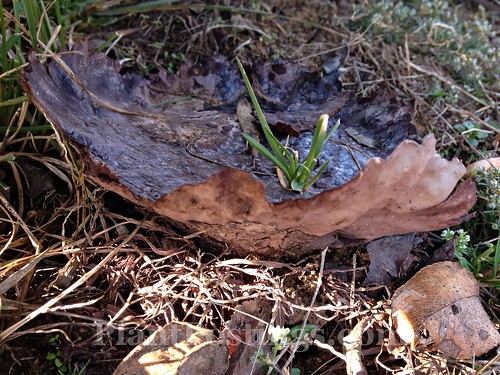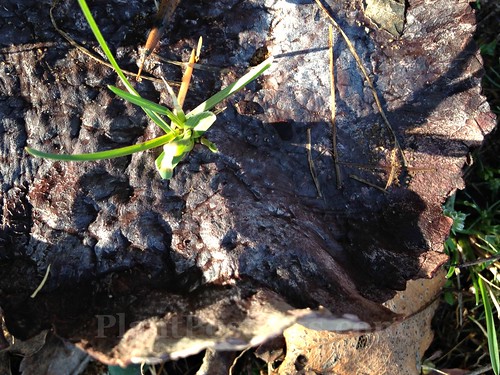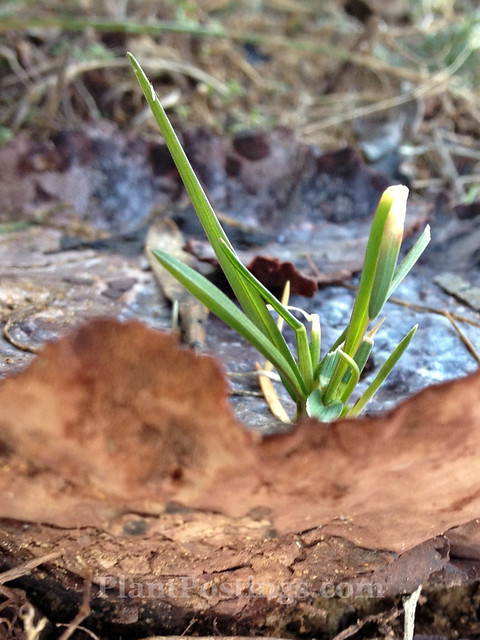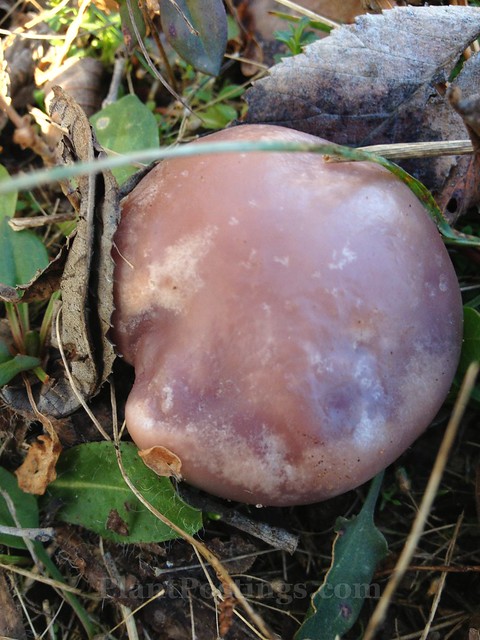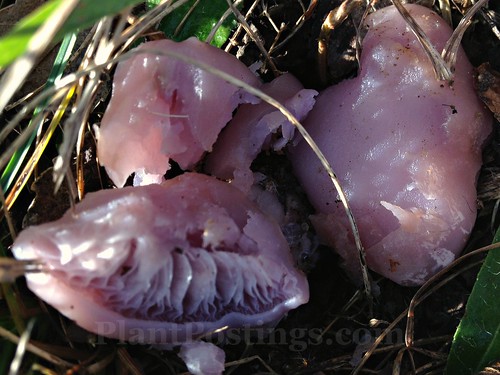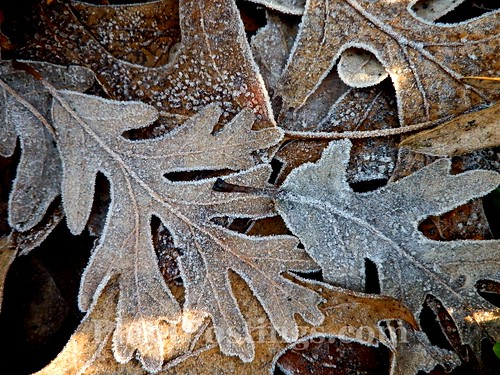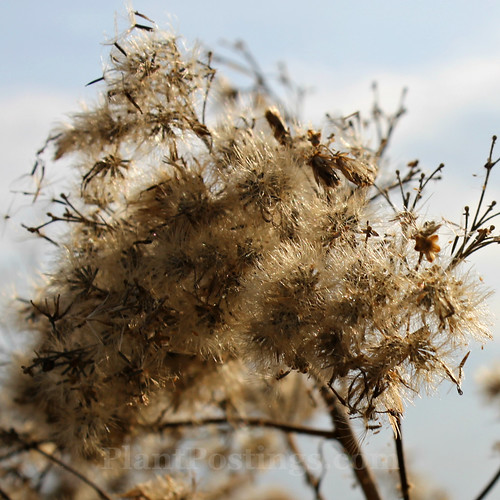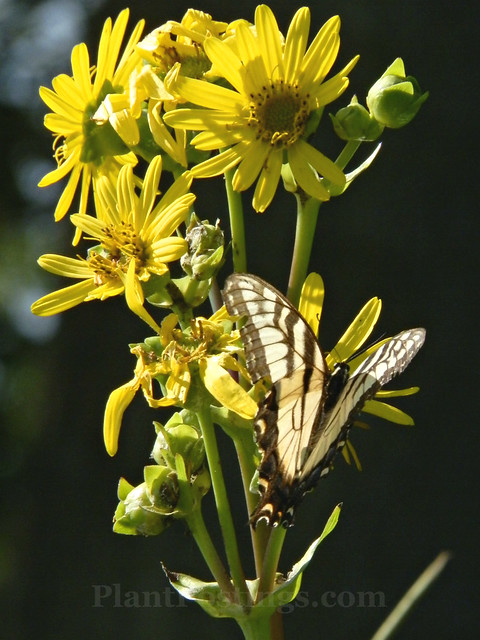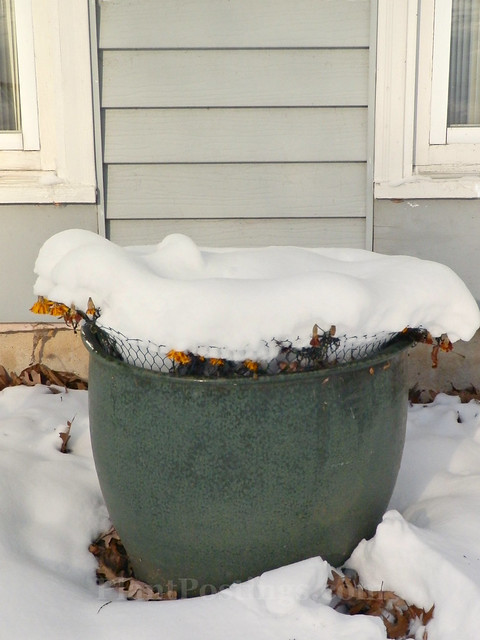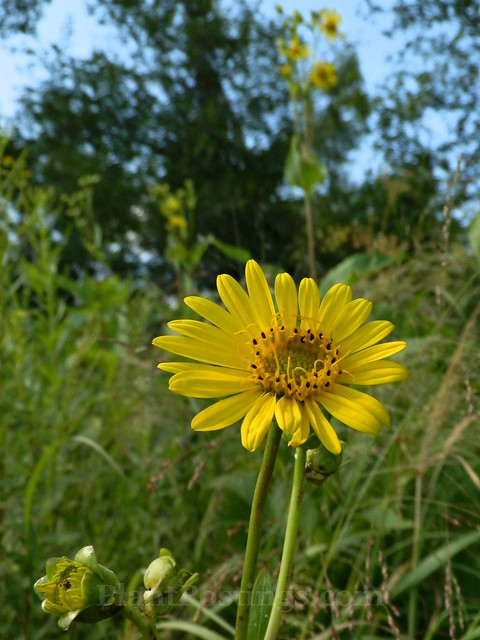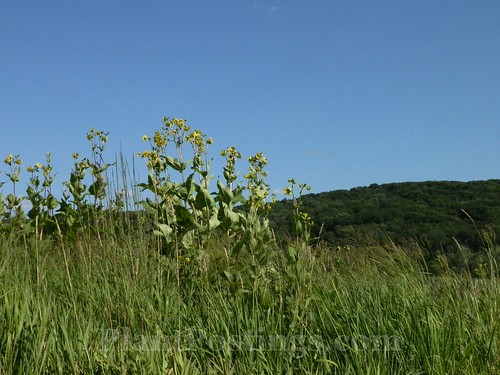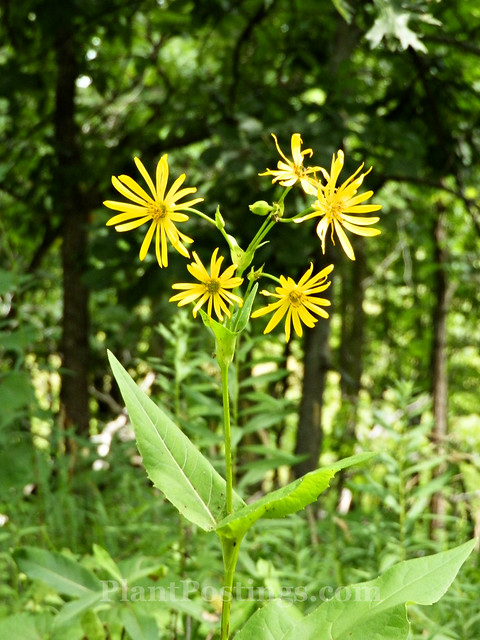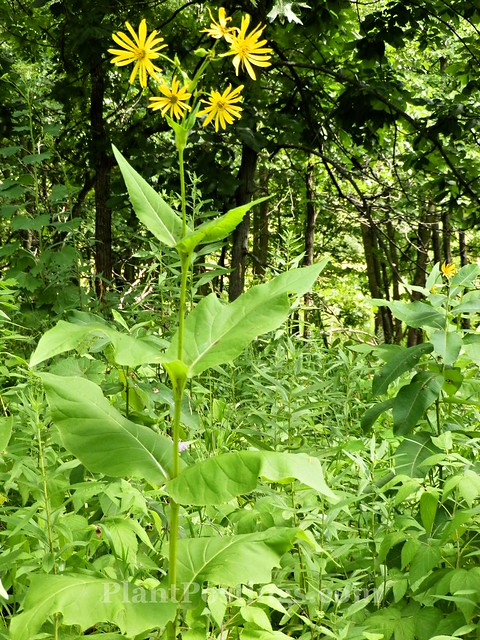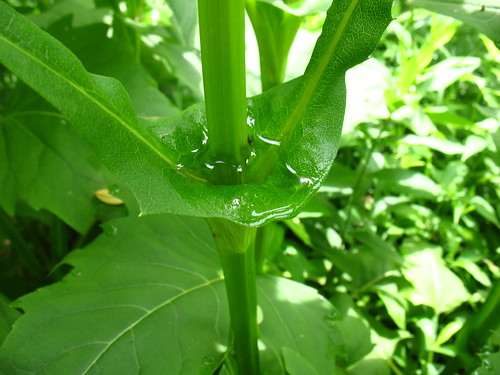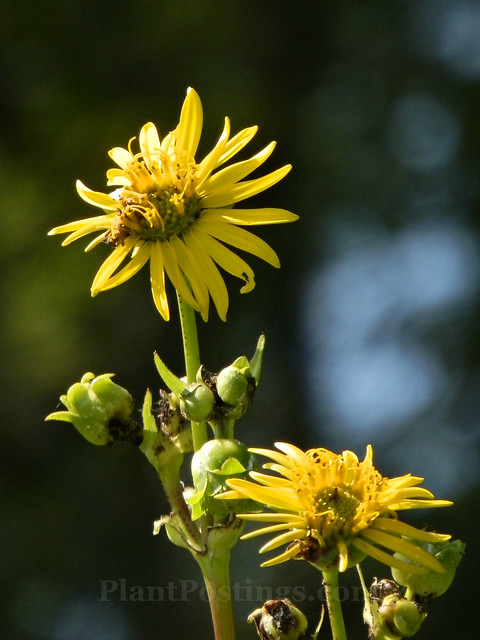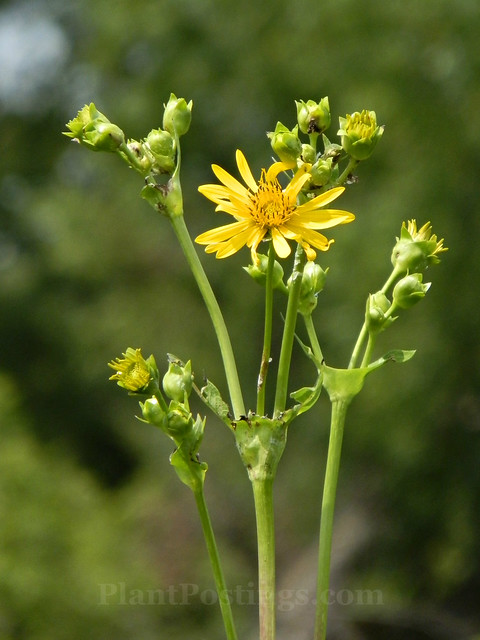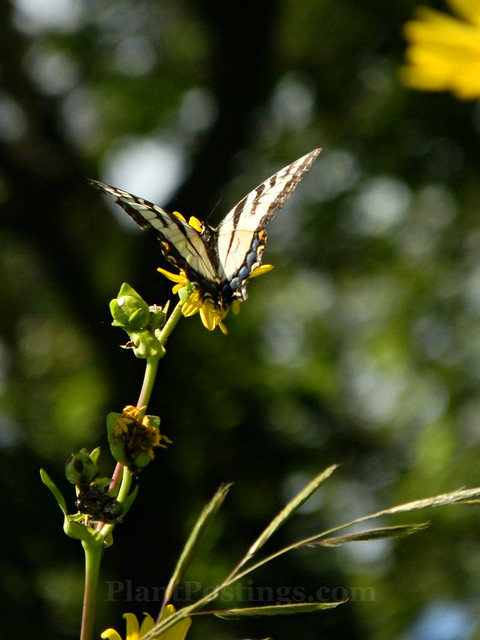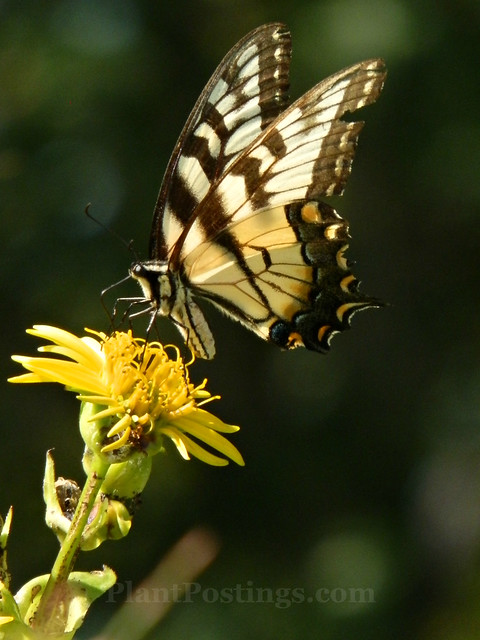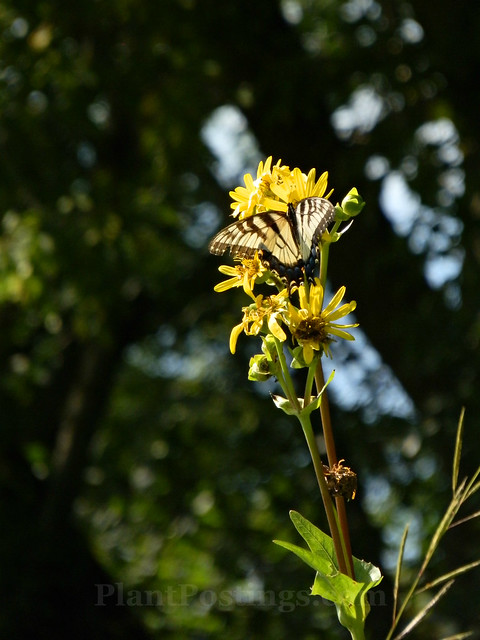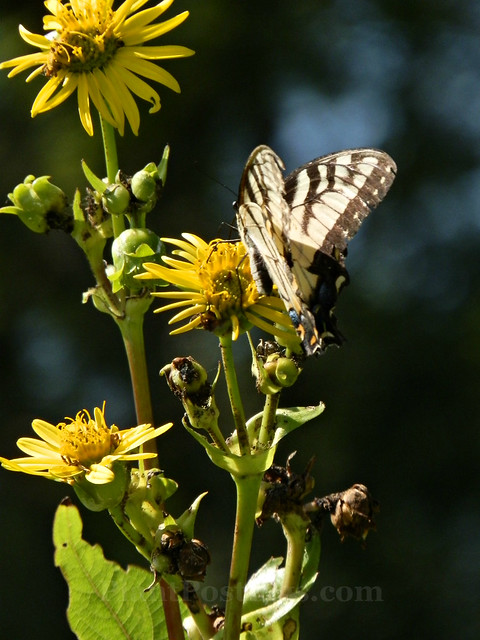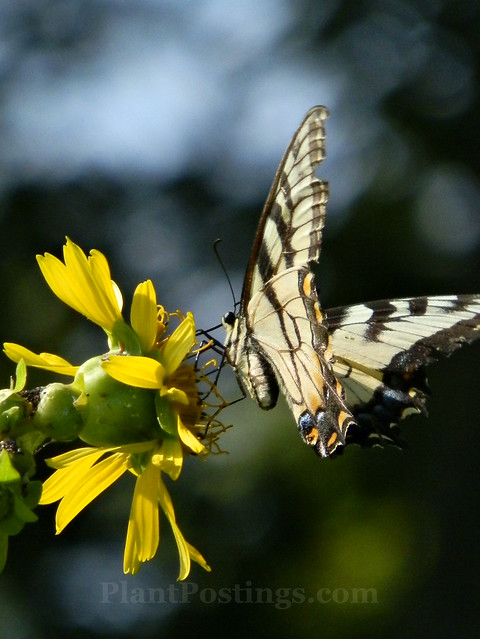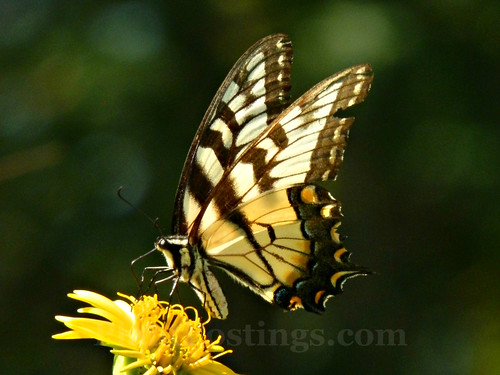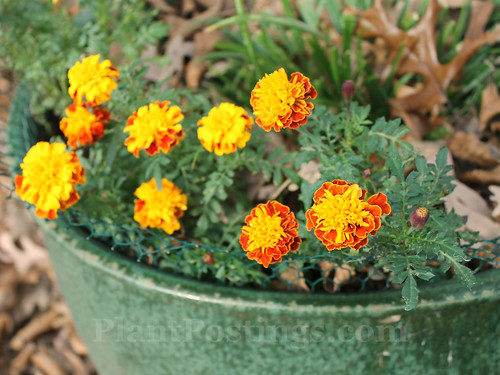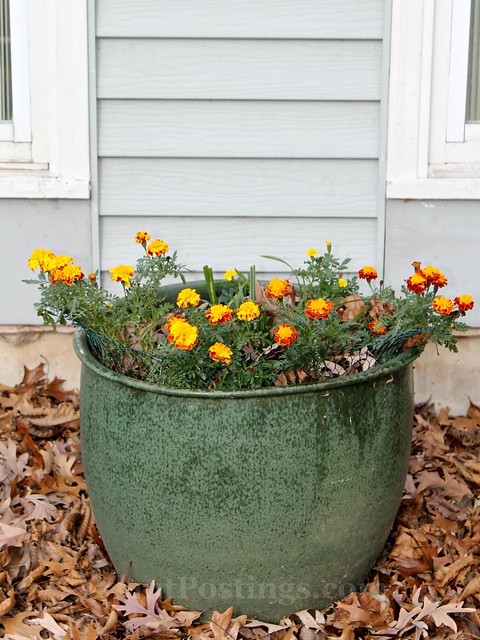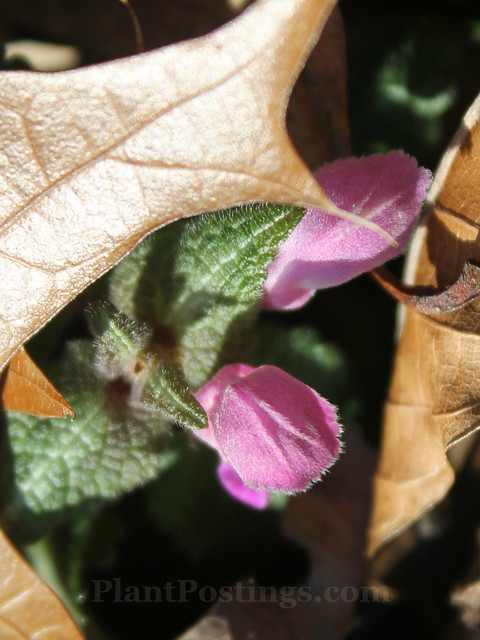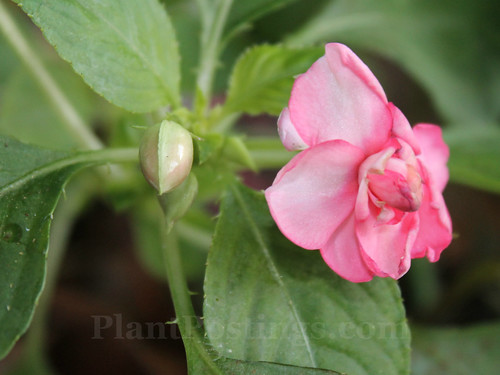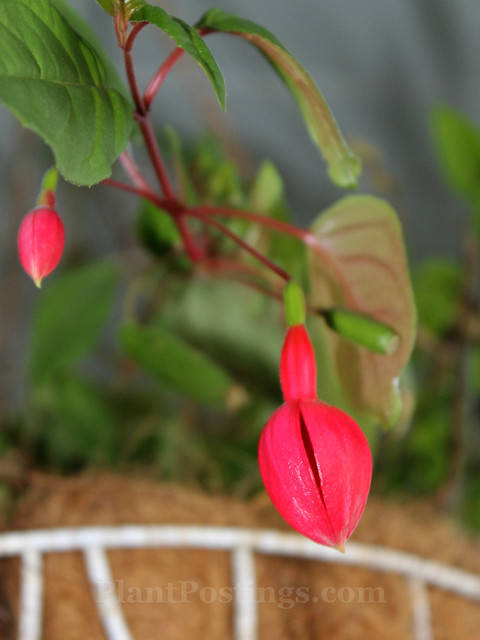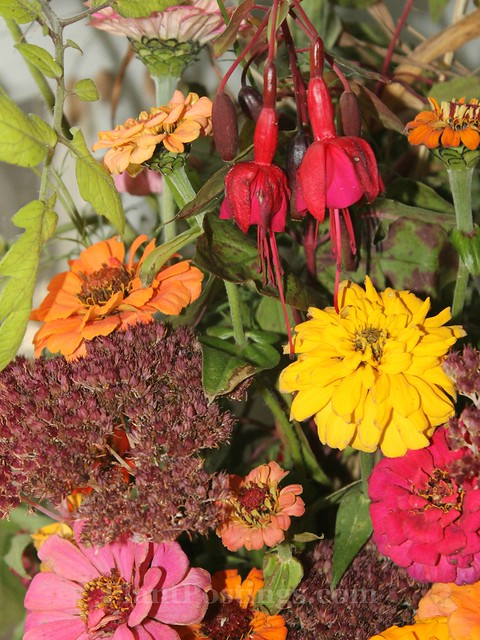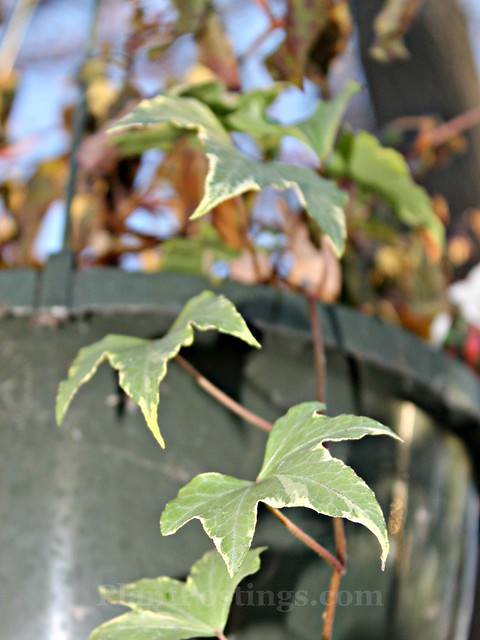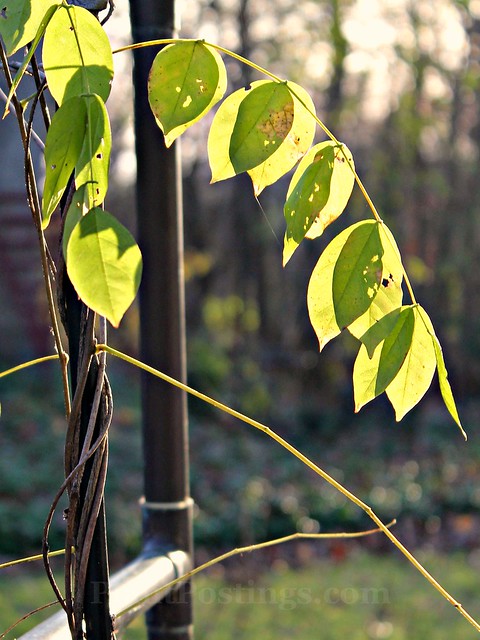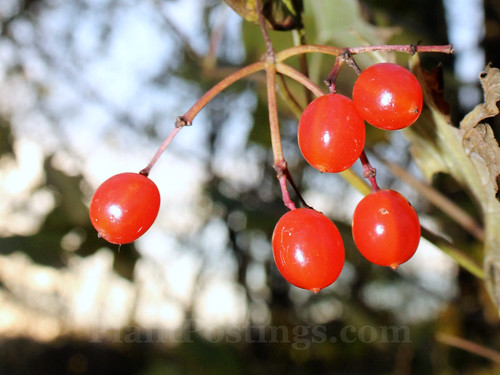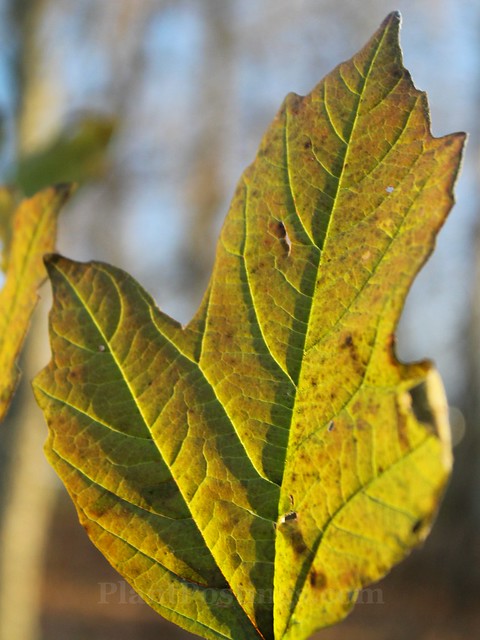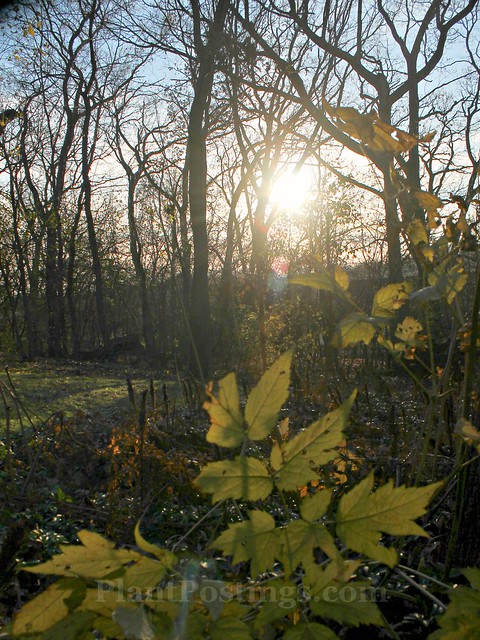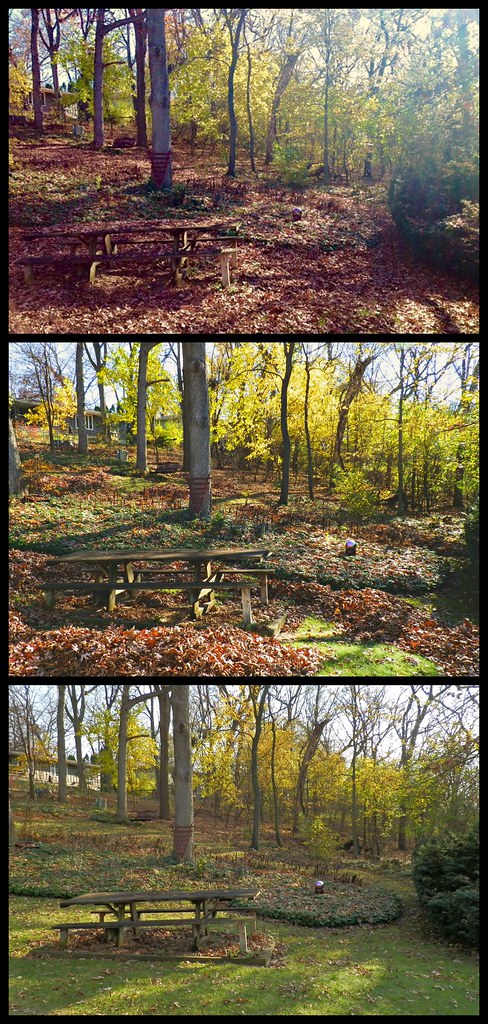For the past two years, I've created lists of favorite garden and nature "things"--simple joys of the present year, which I anticipate again in the months ahead. I tend to think of these lists throughout the year, and they help me appreciate each moment and each season in its time.
Here are my reminders for the next 12 months:
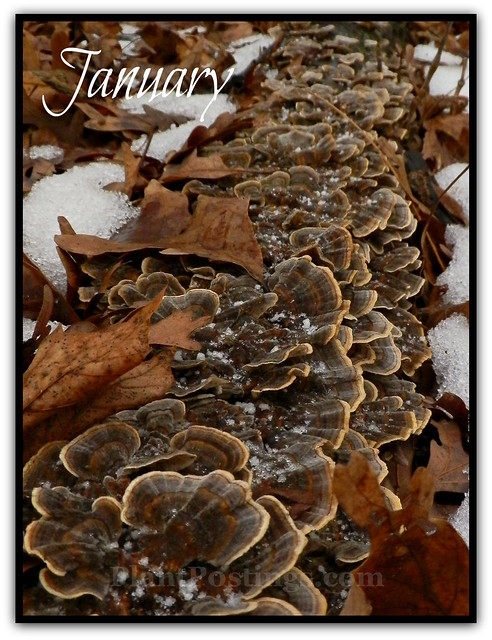
In January, I hope I'll find colorful Turkey Tail fungi sprinkled with ice crystals and snow.
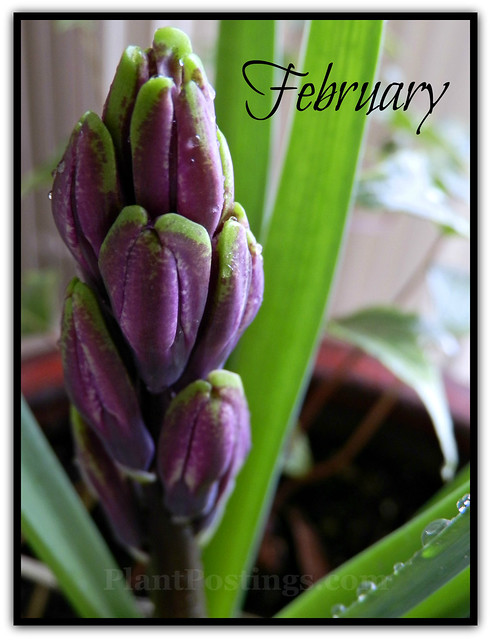
For February, I'll be pleased to see the first buds and flowers on my indoor potted plants.
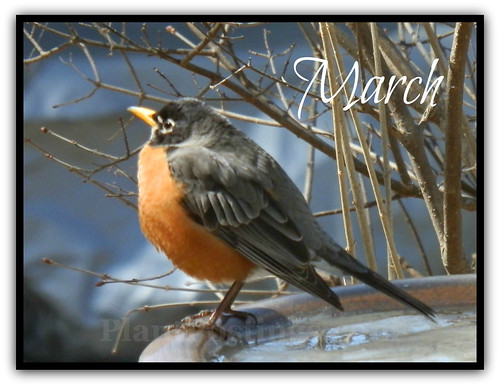
March will launch the return of the seasonal songbirds, starting with increasing Robin activity at the melting birdbath.

The bright, sunny days of April will encourage the first bumble bees of the season to visit early spring flowers.
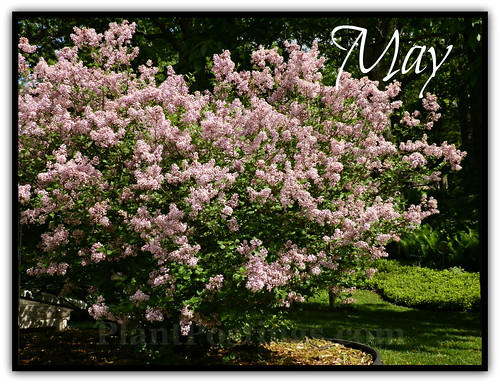
As I plant my vegetables and annuals in May, the flowering Lilacs will perfume the garden air with their heavenly scent.

While I hope to see a few butterflies in springtime, June will launch peak butterfly season. I'll be impressed with the perfect and the tattered souls, alike.

A definite highlight of July will be berry-picking. I hope the summer's Mulberries and Black Raspberries will be as plentiful and delicious as they were this year.
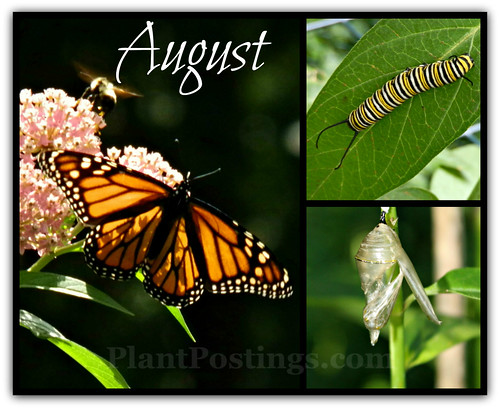
If I'm fortunate, many Monarch butterflies will visit in August (and earlier) and some will lay eggs on my Milkweed plants. I hope several eggs will hatch, grow into healthy caterpillars, pupate, and emerge into new butterflies in my garden.
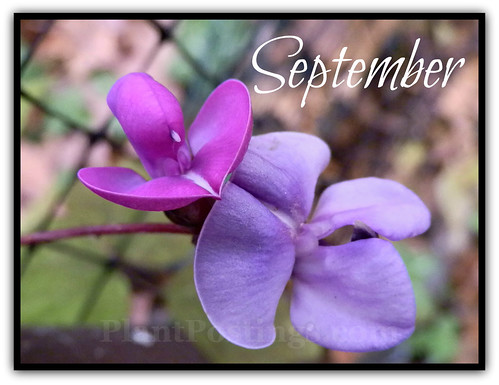
September will introduce the exquisite final flowers of the growing season, which will inspire me with their beauty and persistence.
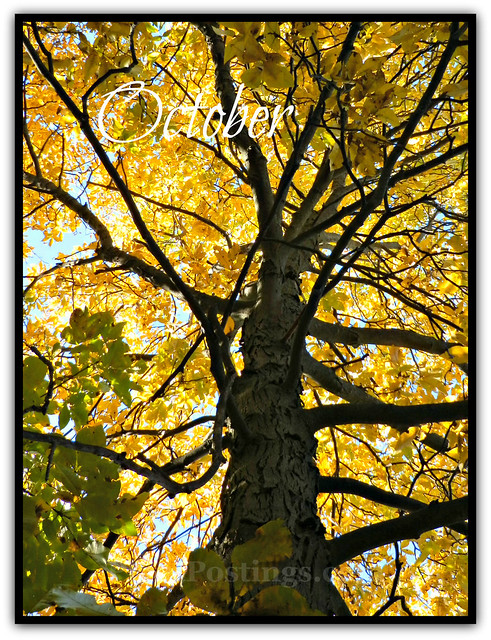
For next October, I anticipate the regal, golden glow of the Shagbark Hickories.
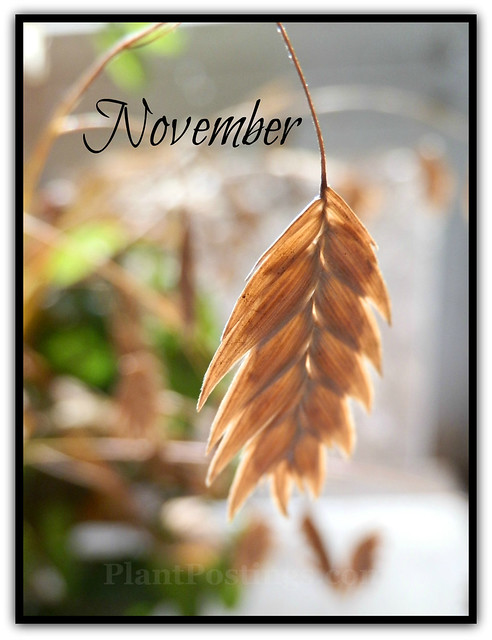
I'll be mesmerized by November's glowing seedheads framed by the autumn sun.
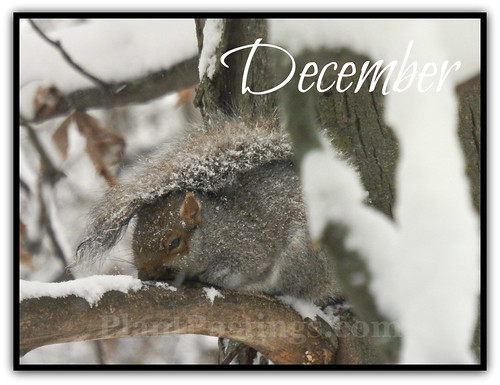
And, finally, in December, I expect the tough, well-insulated gray squirrels to entertain me with their cuteness and their silly antics.
~ ~ ~ ~ ~ ~ ~ ~
When I think of these simple pleasures, and many more, the year ahead looks bright and hopeful. Each month carries its own unique blessings.
My wish for you in the year ahead is that you'll find many simple "favorite things" and gifts that will bring you much joy.
Happy New Year!
